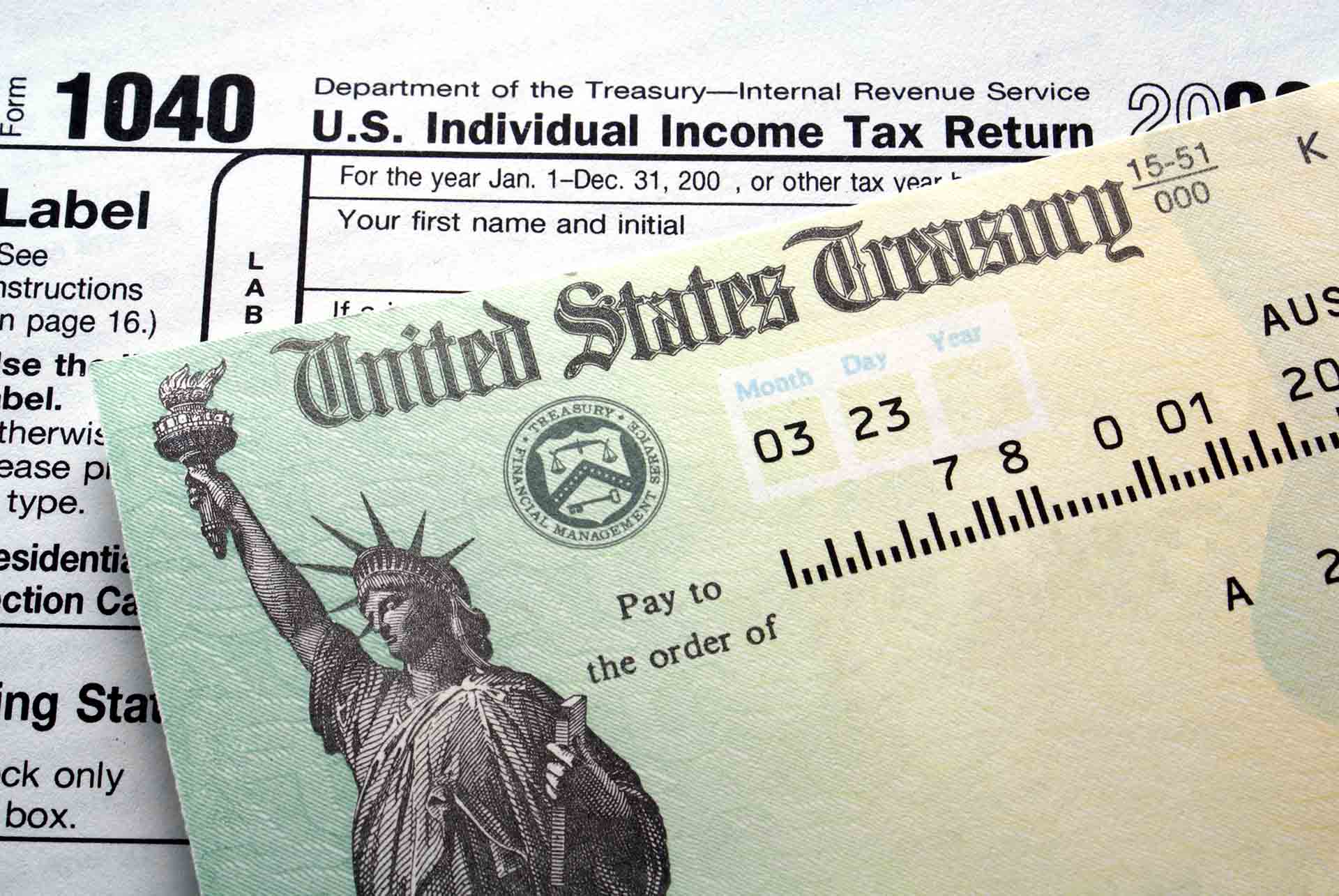The process of filing a federal tax return is notoriously difficult and stressful, especially when you don’t have the benefit of a permanent Social Security Number to use when filling out your return. Such is the case for many citizens from other countries with income or property interests in the U.S. – circumstances requiring an Individual Taxpayer Identification Number (ITIN) in lieu of one from the Social Security Administration. However, those with an ITIN must deal with certain additional concerns above and beyond those faced by U.S. citizens or permanent residents, such as the fact that their ITIN number will expire at some point and need to be renewed. So, what do you do if your ITIN number is expired?
How to Tell If Your ITIN Number Has Expired or Is About to Expire
First things first: It’s best to make sure your Individual Taxpayer Identification Number has indeed expired before going through the trouble of renewing it. Each year, the Internal Revenue Service (IRS) issues a release telling people what ITINs are set to expire, as determined by the fourth and fifth digits – those in the middle, between the dashes – of a person’s ITIN. In addition, the IRS will send out what’s called a CP48 Notice, letting you know that your number is set to expire this year. If you received one of these letters from the IRS last year or any year before, it means that your ITIN has expired.
In 2019, ITINs with the middle digits 83, 84, 85, 86, or 87 expired, so if your number includes any of those, it needs to be renewed (if it hasn’t already). Those with the middle digits 73, 74, 75, 76, 77, 81, or 82 expired in 2018; those with the middle numbers 70, 71, 72, and 80 expired in 2017; and those with 78 and 79 expired in 2016. At the end of this year (2020), ITINs with the middle digits 88, 90, 91, 92, 94, 95, 96, 97, 98, or 99 are set to expire, so if you haven’t already, start the renewal process if your ITIN includes these numbers, as you won’t be able to properly file your returns next year otherwise.
In addition to the batches of ITINs that expire each year, the IRS treats these numbers as invalid in another circumstance as well. Those who have not used their ITIN on a federal return in the last three years will also find that their number has expired; if you’re unsure whether you fall into this group, check your tax records to see if you used your ITIN within the appropriate time window.
What to Do with an Expired ITIN Number
Once you’ve determined that your Individual Taxpayer Identification Number has expired or is about to expire, it’s time to start the renewal process. Regardless of how long it’s been since your ITIN originally expired, you can submit the appropriate application to renew your number at any time; the same goes for if your ITIN will expire this year.
However, the IRS has asked that those whose numbers will still be valid in 2021 to hold off on renewing until the year their ITIN will expire, with one exception. Families in which at least one member has an expired or soon-to-expire ITIN may apply for renewal at the same time, even if some members of the family still have valid numbers. (For the purposes of this exception, the filer’s spouse and dependents are considered family members.)
How to Renew an Expired ITIN Number
Whether your ITIN is past its expiration date or is set to expire in 2020, the procedure to follow is fairly straightforward. Just as if you were applying for an ITIN for the first time, you must submit IRS Form W-7, Application for IRS Individual Taxpayer Identification Number, either in person or by mail, along with the appropriate identifying documents; unlike with a first-time application, however, you do not need to attach a federal tax return.
Documents You Need to Renew an Expired ITIN
When applying to renew your Individual Taxpayer Identification Number, you’ll need to include an original (or certified copy) of one or more of the 13 documents accepted as proof of identity and foreign status. A valid passport is the only document that can be used to prove both; otherwise, you’ll have to submit a combination of two of the following documents:
- A national ID card
- A U.S. driver’s license
- A foreign driver’s license
- A birth certificate
- A U.S. state ID card
- A U.S. military ID card
- A foreign voter’s registration card
- A foreign military ID card
- An immigration visa
- A U.S. Citizenship and Immigration Services photo ID
- Medical records (only valid for dependents younger than age 6)
- School records (only valid for dependents under 14, or under 18 if they’re a student)
Once you’ve gathered the relevant documents, you’ll have to turn them over to the IRS with your application. There are, however, some caveats; for instance, some documents require a photo, whereas others do not, and passports require a date of entry to be accepted. A skilled U.S. tax accountant can help you figure out what counts as acceptable documentation in your case and ensure that your application goes through without issue.

